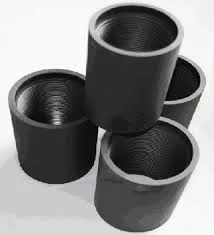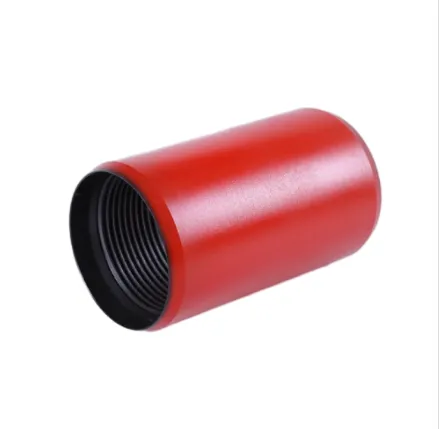- Afrikaans
- Albanian
- Amharic
- Arabic
- Armenian
- Azerbaijani
- Basque
- Belarusian
- Bengali
- Bosnian
- Bulgarian
- Catalan
- Cebuano
- Corsican
- Croatian
- Czech
- Danish
- Dutch
- English
- Esperanto
- Estonian
- Finnish
- French
- Frisian
- Galician
- Georgian
- German
- Greek
- Gujarati
- Haitian Creole
- hausa
- hawaiian
- Hebrew
- Hindi
- Miao
- Hungarian
- Icelandic
- igbo
- Indonesian
- irish
- Italian
- Japanese
- Javanese
- Kannada
- kazakh
- Khmer
- Rwandese
- Korean
- Kurdish
- Kyrgyz
- Lao
- Latin
- Latvian
- Lithuanian
- Luxembourgish
- Macedonian
- Malgashi
- Malay
- Malayalam
- Maltese
- Maori
- Marathi
- Mongolian
- Myanmar
- Nepali
- Norwegian
- Norwegian
- Occitan
- Pashto
- Persian
- Polish
- Portuguese
- Punjabi
- Romanian
- Russian
- Samoan
- Scottish Gaelic
- Serbian
- Sesotho
- Shona
- Sindhi
- Sinhala
- Slovak
- Slovenian
- Somali
- Spanish
- Sundanese
- Swahili
- Swedish
- Tagalog
- Tajik
- Tamil
- Tatar
- Telugu
- Thai
- Turkish
- Turkmen
- Ukrainian
- Urdu
- Uighur
- Uzbek
- Vietnamese
- Welsh
- Bantu
- Yiddish
- Yoruba
- Zulu
កុម្ភៈ . 13, 2025 04:00
Back to list
what is the difference between casing and tubing?
In the oil and gas industry, understanding the distinction between casing and tubing is crucial for both engineers and investors. While these terms might seem interchangeable to the uninitiated, they actually refer to two distinct parts of the well completion process, each playing a critical role in the safe and efficient extraction of resources.
The decision to utilize specific casing and tubing setups hinges on several factors, including the depth of the resource, the type of fluid being extracted, and the geological characteristics of the drilling area. The casing forms the backbone of a well’s architecture, and all other components, such as tubing, depend on its integrity. On the other hand, efficiently designed tubing can significantly impact the overall productivity and longevity of a well by reducing the need for frequent interventions and repairs. In terms of investment, understanding the differences between casing and tubing can aid stakeholders in making informed decisions regarding the viability and longevity of a project. An efficiently cased and tubed well reduces environmental risks and increases operational efficiency, providing more favorable returns. In conclusion, while casing and tubing may appear similar as they are both pipe structures used within wells, their roles, functions, and timing of deployment within the drilling and production process are distinct. Casing provides the necessary support and protection for the wellbore, while tubing serves as the vital channel for resource extraction. These components, though different, are interdependent and vital to the successful and sustainable operation of oil and gas wells. Understanding their differences and how they complement each other is crucial for ensuring the long-term productivity and safety of drilling operations.


The decision to utilize specific casing and tubing setups hinges on several factors, including the depth of the resource, the type of fluid being extracted, and the geological characteristics of the drilling area. The casing forms the backbone of a well’s architecture, and all other components, such as tubing, depend on its integrity. On the other hand, efficiently designed tubing can significantly impact the overall productivity and longevity of a well by reducing the need for frequent interventions and repairs. In terms of investment, understanding the differences between casing and tubing can aid stakeholders in making informed decisions regarding the viability and longevity of a project. An efficiently cased and tubed well reduces environmental risks and increases operational efficiency, providing more favorable returns. In conclusion, while casing and tubing may appear similar as they are both pipe structures used within wells, their roles, functions, and timing of deployment within the drilling and production process are distinct. Casing provides the necessary support and protection for the wellbore, while tubing serves as the vital channel for resource extraction. These components, though different, are interdependent and vital to the successful and sustainable operation of oil and gas wells. Understanding their differences and how they complement each other is crucial for ensuring the long-term productivity and safety of drilling operations.
Latest news
-
Understanding Tubing Crossover: Tools for Enhanced Oilfield OperationsNewsAug.08,2025
-
Tubing Pup Joint: The Ideal Choice for Oil and Gas OperationsNewsAug.08,2025
-
Tubing and Casing: Essential Components in Oil and Gas ProductionNewsAug.08,2025
-
Introduction to Tubing CouplingNewsAug.08,2025
-
Casing Pup Joint: The Essential Component for Oil and Gas OperationsNewsAug.08,2025
-
Casing Coupling: The Essential Link in Well ConstructionNewsAug.08,2025
Related Products







